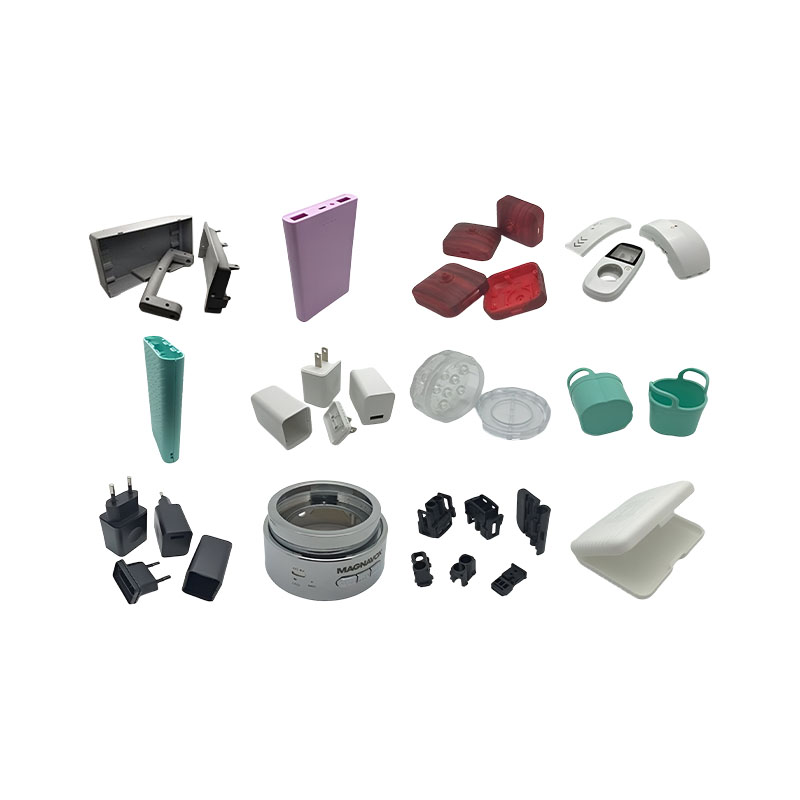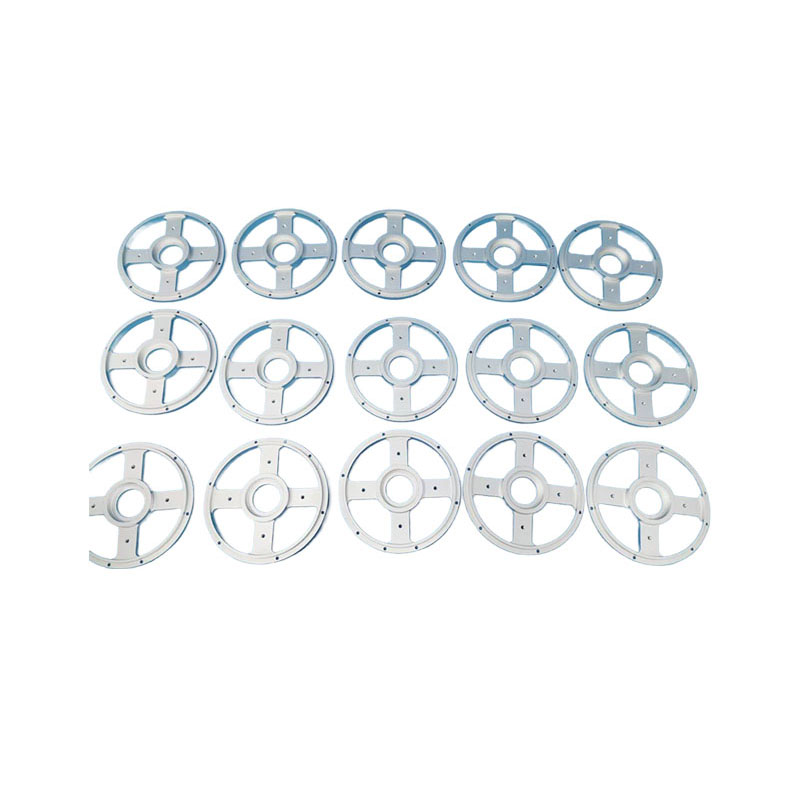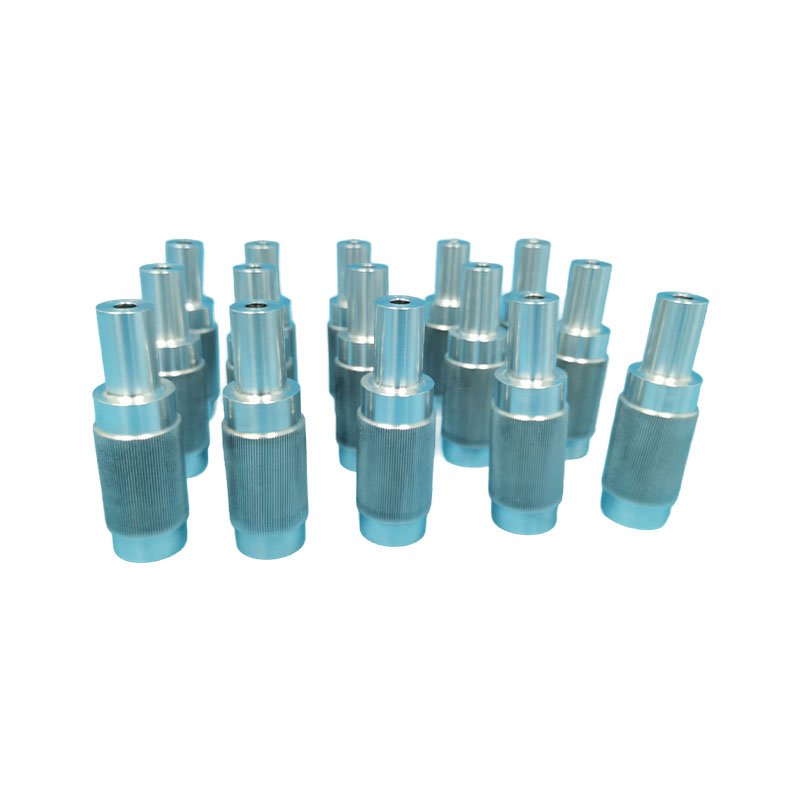How does various plastic injection molding break through the manufacturing barriers of complex geometries?
Release Time : 2025-05-21
With the growing demand of consumers for product appearance and functionality, the manufacturing industry is facing unprecedented challenges. Especially for plastic products, designers often want to create products with complex geometries to meet the requirements of aesthetics, ergonomics and performance. However, traditional manufacturing methods often make it difficult to achieve these complex designs. Fortunately, modern various plastic injection molding technology has been able to effectively overcome these manufacturing barriers and achieve the production of highly complex geometries through a series of innovative solutions.
Technological progress promotes the realization of complex designs
Computer-aided design (CAD) and simulation technology The first step of modern various plastic injection molding is usually detailed design work on the computer. Using advanced CAD software, engineers can accurately create three-dimensional models and adjust every detail. More importantly, with the help of mold flow analysis software, the entire injection molding process can be simulated before actual production, predicting possible problems such as bubbles, shrinkage marks or insufficient filling, thereby optimizing mold design and process parameters to ensure the successful manufacture of complex shapes.
Precision mold manufacturing In order to achieve high-precision replication of complex geometries, precision mold manufacturing is the key. Nowadays, advanced technologies such as electrospark machining (EDM), high-speed cutting (HSM) and 3D printing can produce extremely fine mold structures. For example, fine features can be accurately carved out by EDM technology; and complex internal channels can be directly generated by 3D printing technology. These methods have greatly improved the manufacturing accuracy of molds, so that even extremely complex geometric shapes can be accurately reproduced.
Material selection and modification Material selection is also crucial to the successful realization of complex geometric shapes. Different plastic materials have differences in fluidity, shrinkage, etc., so it is necessary to select the right material according to specific design requirements. In addition, by modifying the base resin (such as adding fillers, reinforcing agents or changing the molecular weight), its fluidity and molding properties can be further improved, making it more suitable for the manufacture of complex shapes.
Optimizing injection molding process In the injection molding process, reasonable process settings are also one of the important factors to break through the manufacturing barriers of complex geometries. This includes but is not limited to the precise control of injection speed, pressure, temperature and cooling time. For example, the use of a segmented injection strategy can make the molten plastic fill every corner of the mold cavity more evenly and reduce defects. At the same time, a fast cycle cooling system helps to shorten the molding cycle and improve production efficiency.
Actual application cases
Application in the automotive industry: Automotive interiors often contain many complex and beautiful design elements, such as delicate textures on dashboards or embedded buttons on door panels. The application of the above technologies and processes can not only ensure the functionality of these components, but also enhance the overall grade of the vehicle.
Breakthrough in the field of consumer electronics: The shell design of smartphones and tablets is becoming increasingly thinner and integrated. Various plastic injection molding technology enables manufacturers to achieve ultra-narrow borders and even seamless connection design concepts while maintaining the sturdiness of the device.
In summary, by combining computer-aided design and simulation, precision mold manufacturing, advances in material science, and optimized injection molding processes, modern various plastic injection molding technology has been able to effectively cope with the manufacturing challenges of complex geometries. It not only provides designers with greater creative space, but also brings higher economic benefits to enterprises.
Technological progress promotes the realization of complex designs
Computer-aided design (CAD) and simulation technology The first step of modern various plastic injection molding is usually detailed design work on the computer. Using advanced CAD software, engineers can accurately create three-dimensional models and adjust every detail. More importantly, with the help of mold flow analysis software, the entire injection molding process can be simulated before actual production, predicting possible problems such as bubbles, shrinkage marks or insufficient filling, thereby optimizing mold design and process parameters to ensure the successful manufacture of complex shapes.
Precision mold manufacturing In order to achieve high-precision replication of complex geometries, precision mold manufacturing is the key. Nowadays, advanced technologies such as electrospark machining (EDM), high-speed cutting (HSM) and 3D printing can produce extremely fine mold structures. For example, fine features can be accurately carved out by EDM technology; and complex internal channels can be directly generated by 3D printing technology. These methods have greatly improved the manufacturing accuracy of molds, so that even extremely complex geometric shapes can be accurately reproduced.
Material selection and modification Material selection is also crucial to the successful realization of complex geometric shapes. Different plastic materials have differences in fluidity, shrinkage, etc., so it is necessary to select the right material according to specific design requirements. In addition, by modifying the base resin (such as adding fillers, reinforcing agents or changing the molecular weight), its fluidity and molding properties can be further improved, making it more suitable for the manufacture of complex shapes.
Optimizing injection molding process In the injection molding process, reasonable process settings are also one of the important factors to break through the manufacturing barriers of complex geometries. This includes but is not limited to the precise control of injection speed, pressure, temperature and cooling time. For example, the use of a segmented injection strategy can make the molten plastic fill every corner of the mold cavity more evenly and reduce defects. At the same time, a fast cycle cooling system helps to shorten the molding cycle and improve production efficiency.
Actual application cases
Application in the automotive industry: Automotive interiors often contain many complex and beautiful design elements, such as delicate textures on dashboards or embedded buttons on door panels. The application of the above technologies and processes can not only ensure the functionality of these components, but also enhance the overall grade of the vehicle.
Breakthrough in the field of consumer electronics: The shell design of smartphones and tablets is becoming increasingly thinner and integrated. Various plastic injection molding technology enables manufacturers to achieve ultra-narrow borders and even seamless connection design concepts while maintaining the sturdiness of the device.
In summary, by combining computer-aided design and simulation, precision mold manufacturing, advances in material science, and optimized injection molding processes, modern various plastic injection molding technology has been able to effectively cope with the manufacturing challenges of complex geometries. It not only provides designers with greater creative space, but also brings higher economic benefits to enterprises.







